The chemical composition of tea was considered in the nineteenth century. At that time, science wasn’t developing so fast. This was due to the lack of information and technology to study the internal composition. Scientists of that time knew that strongly brewed tea drink contains essential oils, tannins and gluten. This data is quite narrow, so scientists had to rely on the observation, condition and feeling of “tea lovers”, so everyone who gave the original tea as a gift, invested his cup in the development of science.
Years passed, science developed, the chemical composition of the drink was revealed with each new progress. At the moment, more than 300 substances have been discovered, which suggests that the tea structure has not yet been fully discovered. Whether it will open completely or intrigue with its properties, no one knows. Scientists only know that not all substances affect the human body in the same way.
In this article, only the most important substances will be considered. It should be noted that fresh, dried and brewed tea leaves differ from each other. The process of changing the chemical composition of tea is parallel to the process of making tea. In other words: at each stage of the formation of ready-to-eat tea raw materials, the chemical composition changes.
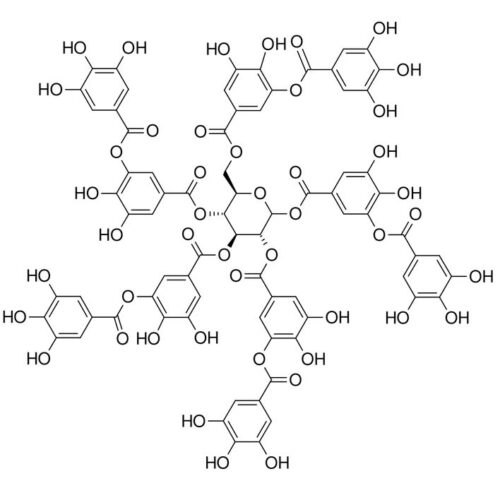
Tannins
Tannins are phenolic compounds. In total, they make up 15-39% of the composition. The composition of tannin includes catechin.
Due to the fact that it contains catechin, tea deservedly won its usual first place among drinks. Scientists and doctors point to the benefits of tea for the content of this substance. Catechin has P-vitamin activity. This fact is the most significant in favor of the beneficial effect on the human body. Whenever tea is presented in a beautiful package, tea connoisseurs understand that no matter how elite the tea is, it already contains useful substances.
The amount of catechins varies depending on the season of collection. In the rainy season catechins decrease, in sunny weather they increase. The peak concentration of catechins occurs in the summer months and the middle of the collection. It is worth noting that the higher the grade of tea, the more tannin it contains, so when you want to present not just good tea, but healthy tea in wooden boxes as a gift, you need to pay attention to its grade.
Tannin is extracted chemically, so it can be seen on sale in pharmacies. However, scientists have proven that tea tannin is much more effective in normalizing the gastrointestinal tract.
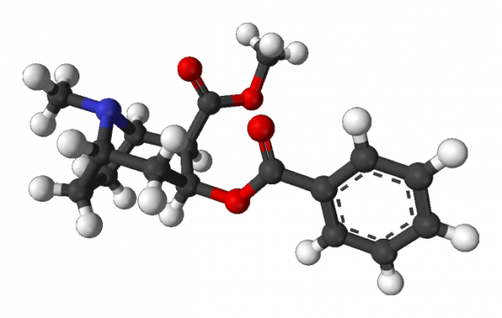
Alkaloids
Tea caffeine belongs to alkaloids. Until the moment of in-depth study of the chemical composition, tea was appreciated for the surge of vivacity. Then scientists understood and found the substance responsible for this property – caffeine.
Coffee also gives a surge of vivacity due to the content of caffeine. However, caffeine in tea and caffeine in coffee are significantly different from each other. The chemical composition of tea is unique: the combination of caffeine and tannin forms caffeine tannate, which in turn acts on the human body much easier. Another feature of caffeine: caffeine does not accumulate in the human body, and even excreted. Given these properties, tea can be drunk much more often than other drinks that leave their mark on the human body.

Essential oils
Considering essential oils in tea drinks, scientists have found that their amount of total substances is less than 1%, sometimes they reach 0.006%. There are more than 130 varieties of volatile substances
The biggest difficulty in working with essential oils is to preserve their aroma. Unfortunately, most of their concentration disappears during the manufacturing process and during improper storage of finished raw materials.
Of course, each type of tea contains its own concentration of essential oils. The richest content of essential oils is in the red variety, in yellow, green and black they are less.
Protein substances and amino acids
For some people, the content of protein compounds in a tea drink is quite a discovery. In fact, protein is contained in every tea and depending on the variety varies from 15 to 25%. In the scientific literature, which studies tea composition in detail, a comparison of tea protein and legume protein is indicated, so vegetarians are confident that they can fully replace animal protein with the protein of a tea drink.
Pectins
The increased content of pectins is noted in expensive varieties of tea. Scientists note that the presence of this substance affects the quality of tea preservation. For example: if the pectin content is less than 2-3%, the quality of tea decreases, because such raw materials will absorb foreign odors. It turns out that you should buy tea gifts with an understanding of the quality of the selected product, or rely on the choice of experienced tea companies.
Vitamins
The usual tea drink is full of vitamins.
- White tea contains vitamins B, K, C and D,
- Black tea has vitamins of group B, P, K and A,
- Green tea contains B1, B2, A, PP and C.
Tea varieties are intertwined in their chemical composition.
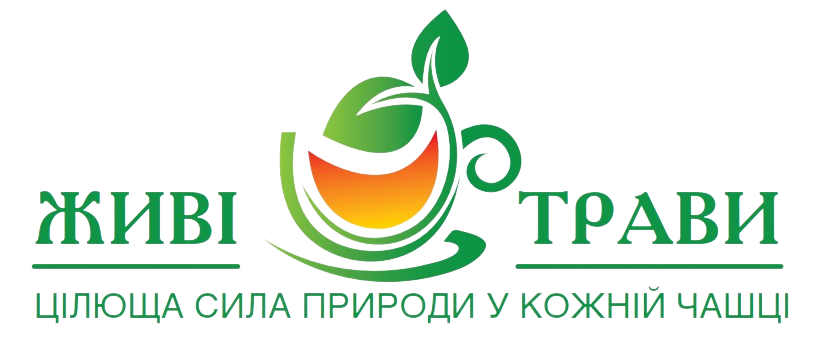




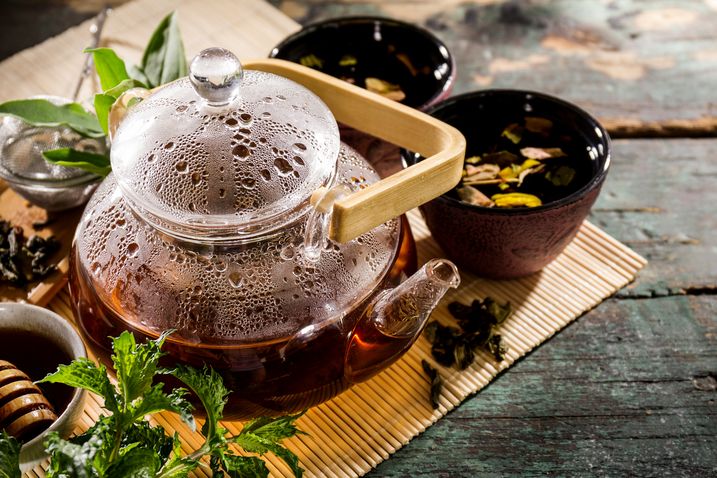
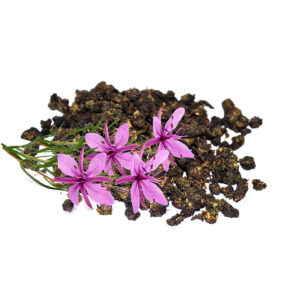
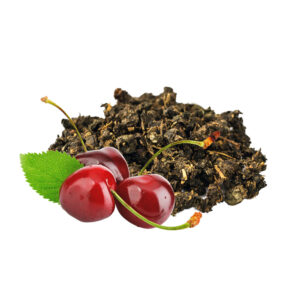
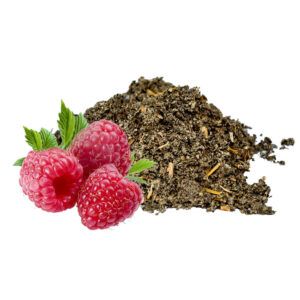
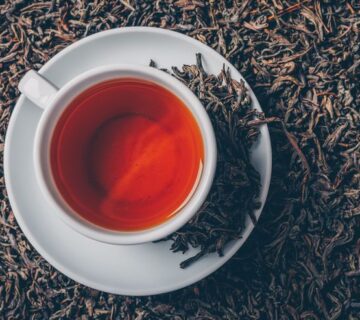
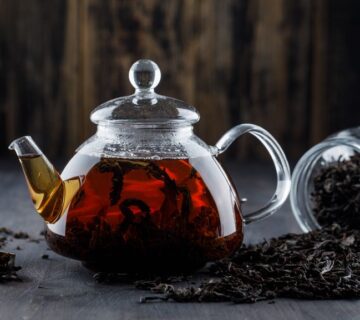


No comments